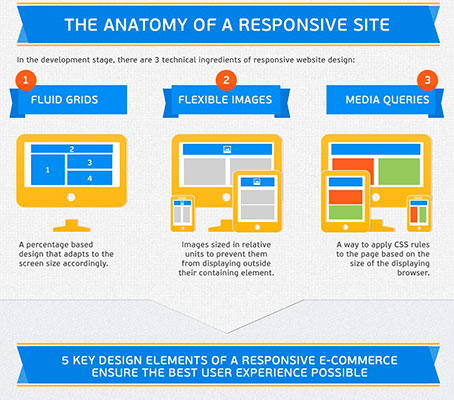Fascinated In Discovering How Internet Site Design Has Changed Over The Years? Explore The Progression From Fundamental, Straightforward Designs To User-Centered Strategies That Prioritize The Requirements And Choices Of On The Internet Visitors
Fascinated In Discovering How Internet Site Design Has Changed Over The Years? Explore The Progression From Fundamental, Straightforward Designs To User-Centered Strategies That Prioritize The Requirements And Choices Of On The Internet Visitors
Blog Article
Published By-Collier Gibbons
In the past, sites were easy and focused on info. Navigation was straight, and design was for desktops. Now, local seo keywords is crucial. Information overviews designs for simple navigation. Receptive layouts suit different devices. Today, dark mode lowers stress, and minimal food selections boost navigation. Interactive features engage individuals, and vibrant visuals stand apart. AI combination enhances engagement. See exactly how just click the following web page has actually developed to improve your online trip.
Early Days of Website Design
In the early days of web design, simpleness preponderated. Web sites were basic, with minimal shades, typefaces, and layouts. The focus got on supplying info as opposed to flashy visuals. Individuals accessed the net with sluggish dial-up connections, so rate and functionality were crucial.
Navigating menus were straightforward, usually situated on top or side of the web page. Internet sites were made for desktop, as mobile browsing wasn't yet prevalent. Material was king, and developers prioritized very easy readability over complex style aspects.
HTML was the primary coding language used, and designers needed to work within its constraints. Animations and interactive functions were minimal contrasted to today's standards. Internet sites were static, with little dynamic content or customized user experiences.
Increase of User-Focused Layout
With the evolution of website layout, a shift in the direction of user-focused design principles has ended up being progressively prominent. Today, developing websites that prioritize individual experience is essential for involving site visitors and achieving company goals. User-focused design entails comprehending the needs, preferences, and behaviors of your target market to customize the site's design, material, and features as necessary.
Designers now conduct extensive research study, such as user surveys and usability testing, to collect understandings and comments straight from customers. This data-driven method assists in creating intuitive navigating, clear calls-to-action, and aesthetically attractive user interfaces that resonate with visitors. By putting the user at the facility of the design process, websites can provide a much more personalized and pleasurable experience.
Responsive layout has likewise emerged as a vital facet of user-focused design, guaranteeing that web sites are enhanced for numerous devices and screen sizes. https://www.searchenginejournal.com/website-health-check-technical-seo-tips-tools-webinar-recap/424695/ enhances accessibility and functionality, catering to the varied means individuals interact with sites today. Fundamentally, the increase of user-focused layout signifies a shift in the direction of creating digital experiences that prioritize the needs and assumptions of completion individual.
Modern Trends in Web Design
Discover the most up to date trends forming web design today. One popular trend is dark mode design, offering a streamlined and contemporary appearance while decreasing eye pressure in low-light atmospheres. One more crucial fad is minimal navigation, simplifying menus and improving individual experience by focusing on essential elements. Incorporating micro-interactions, such as animated switches or scrolling impacts, can produce an extra appealing and interactive internet site. Receptive layout remains vital, guaranteeing seamless user experiences across numerous gadgets. Additionally, utilizing vibrant typography and asymmetrical layouts can add aesthetic passion and accentuate details material.
Incorporating AI technology, like chatbots for consumer assistance or customized referrals, boosts customer engagement and streamlines procedures. Accessibility has additionally end up being a substantial pattern, with developers prioritizing comprehensive layout practices to accommodate diverse individual requirements. Accepting sustainability by optimizing web site efficiency for rate and efficiency is an additional arising pattern in web design. Working together with customer feedback and information analytics to iterate and boost layout continuously is important for remaining pertinent in the ever-evolving digital landscape. By welcoming these modern-day patterns, you can develop a visually enticing, straightforward website that reverberates with your audience.
Final thought
As you review the development of site design from the very early days to currently, you can see exactly how user-focused design has actually ended up being the driving pressure behind contemporary fads.
Welcome the journey of change and adaptation in web design, always maintaining the individual experience at the leading edge.
Stay current with the most recent trends and innovations, and never quit developing your strategy to develop visually magnificent and straightforward web sites.
Advance, adapt, and produce - the future of web design is in your hands.
